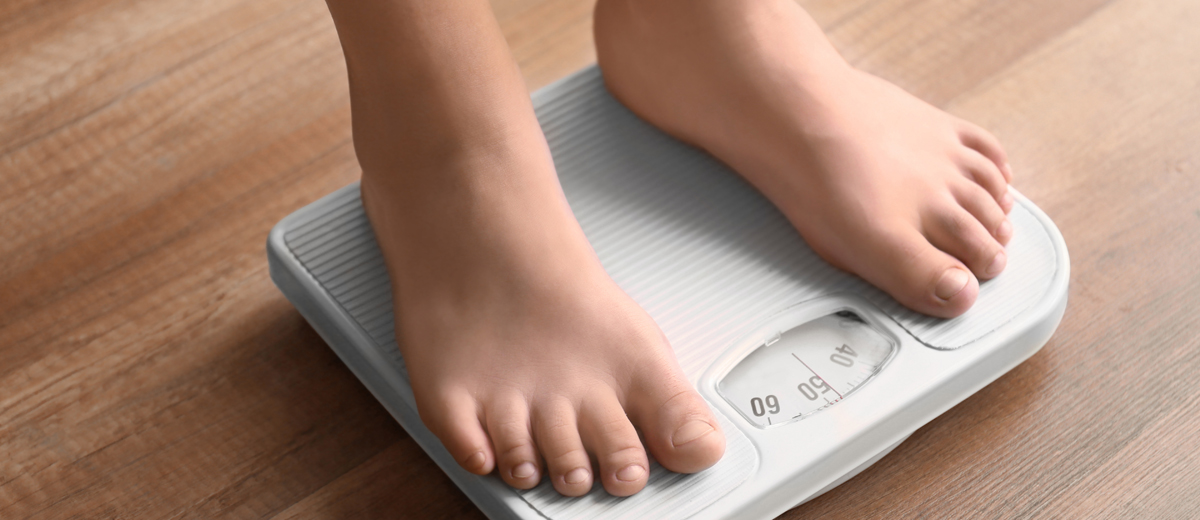Our November 2021 blog post, “Childhood Obesity: Carrying the Weight of the Pandemic,” addressed a rise in obesity among children as one of the many negative impacts of the pandemic. Along with adults, many children fell into unhealthy eating habits that resulted in weight gain, which has led to an increase in childhood obesity.
Fortunately, schools can help reduce childhood obesity by educating children and families about nutrition and other ways to maintain a healthy weight. According to the National Association of School Nurses (NASN), school nurses are key to providing cost-effective and sustainable overweight/obesity prevention strategies for children and adolescents (NASN, 2013; Schroeder, Travers, & Smaldone, 2016).
Weight assessment equipment is an essential tool in the school nurse’s quest to reduce childhood obesity and educate children about healthy eating and exercise.
Scales.
- Analog/Mechanical scales. When a person stands on an analog/mechanical scale, an interior spring depresses, and their weight appears on a dial. These scales tend to be the least expensive and simplest to use and do not require batteries.
- Digital scales. When a person stands motionless on a digital scale, their weight appears on the indicator disp These scales use either batteries or electricity and are appreciated for improved accuracy. Some models of digital scales offer additional benefits, including:
- Data storage, sometimes for multiple users.
- Ability to download data to spreadsheets.
- A “talking” feature.
- Digital column scales with BMI function. These scales sit on a platform and come with a height bar and a tare function so each measurement is quick and easy. Weight is displayed in either pounds or kilograms. This type of scale uses either batteries or electricity and is appreciated for simple and accurate measurement of height, weight and BMI. Some models come with casters and, for added student-safety, optional handlebars.
- Physician/Balance beam. Sliding weights measure mass both in pounds and in kilograms. A horizontal, mechanical diecast balance beam is attached to a vertical metal beam that sits on a platform. The horizontal beam consists of a top bar and two sliding weights, one small and one large. Some models come with casters. These scales are appreciated for improved accuracy.
- Baby scales. These scales are designed to safely weigh infants and children approximately up to 44 pounds.
Stadiometers. A stadiometer measures height, typically on a vertical rule with a sliding horizontal piece that rests on the top of the student’s head. Many physician/balance beam scales come with height rods that serve as stadiometers.
Tips. A few basic steps can help nurses achieve accurate results when measuring weight and height:
- Calibrate scales following the directions found in the scale’s manual.
- Confirm scales are set to zero before weighing.
- Provide students with directions:
- Remain motionless until weight and height is recorded.
- Remove shoes and heavy clothing before being weighed.
- When measuring height, stand straight with feet stable on the scale.
- Record results.
Measuring BMI. Identifying students with BMIs out of typical range, both low and high, can help school nurses screen for weight-related diseases and other health issues.
- Body mass index (BMI), weight in kilograms divided by the square of height in meters, indirectly measures body fat and factors in age and sex. A low or high BMI is often followed by additional assessments, including skinfold thickness measurements, diet and physical activity analysis, and family history.
- The CDC offers the BMI Tool for Schools, a free tool that school nurses can use in their efforts to address weight issues. The CDC also shares safeguards that schools can use to address concerns about school-based BMI measurements and increase the likelihood of participation and support.
- To help simplify the BMI measurement process, nurses can use a BMI Wheel or scales that include BMI measurement functionality. Some varieties of physician/balance beam scales offer height rods to measure both height and weight at the same time.
Using equipment to help identify overweight and obese students is just one step in the school nurse’s quest to help children whose weight has been negatively impacted by the pandemic or for other reasons. Body weight and body image impact more than physical health. Being over or underweight can also impact self-esteem and mental health, and vice-versa. Books like The Care & Keeping of You: The Body Book for Girls and Guy Stuff: The Body Book for Boys, can help nurses communicate about positive body image and healthy eating habits.





